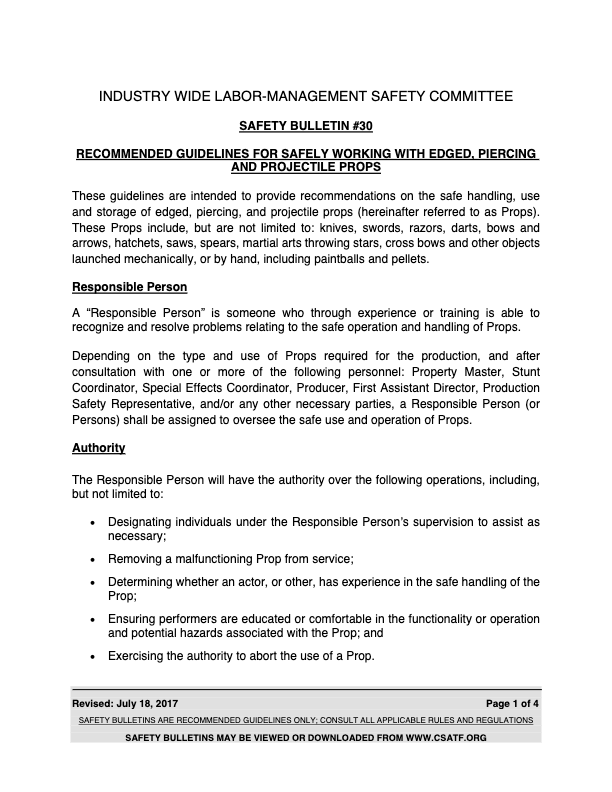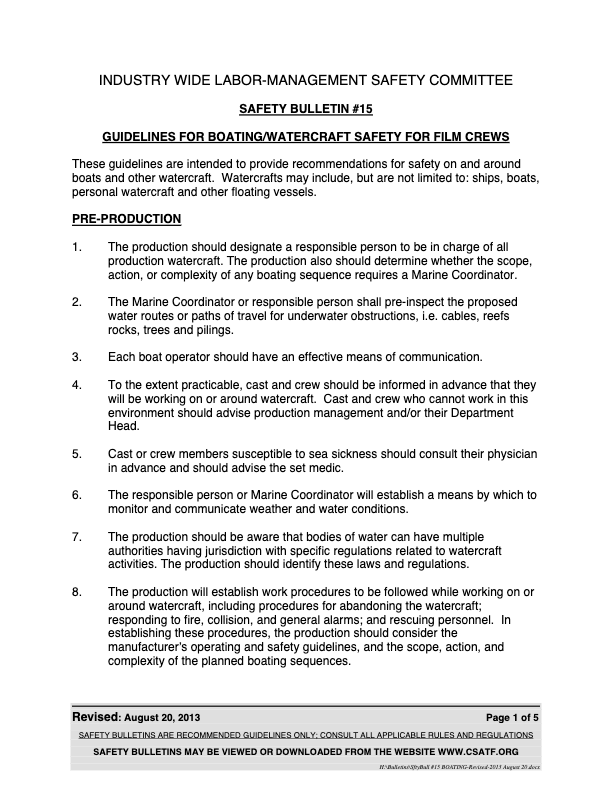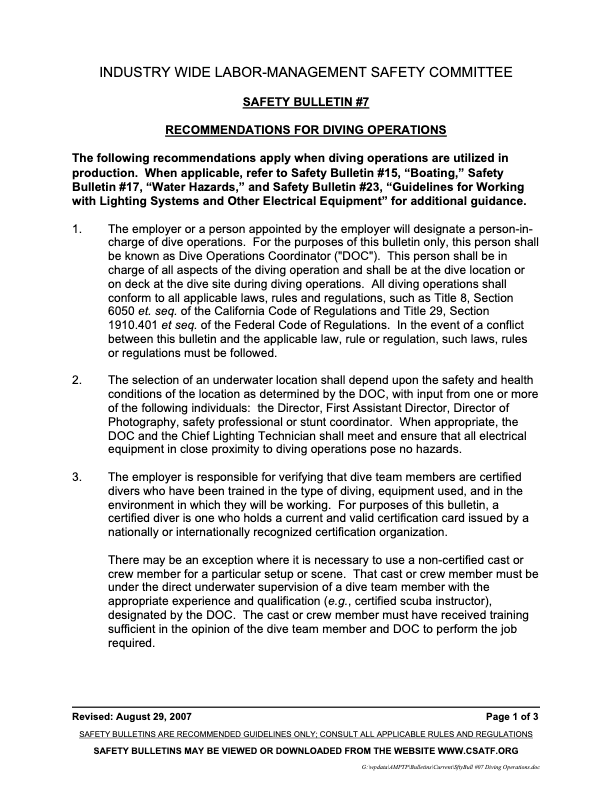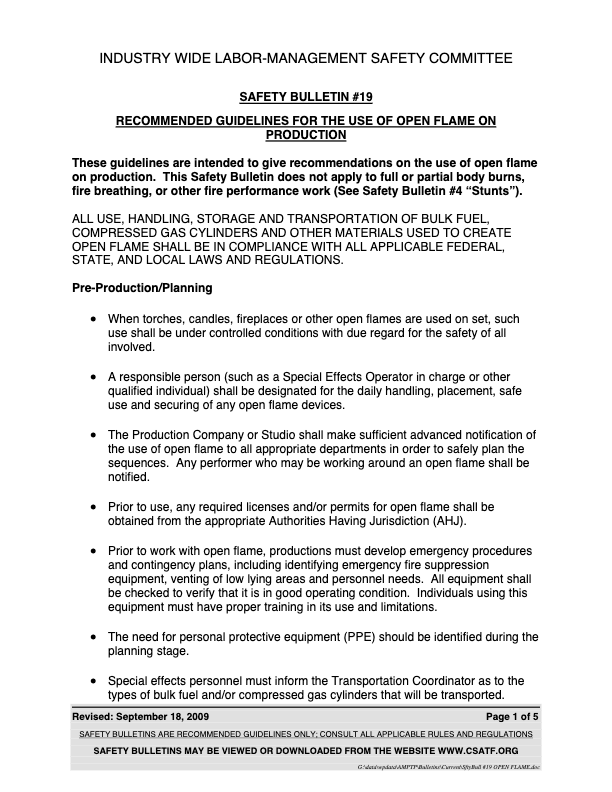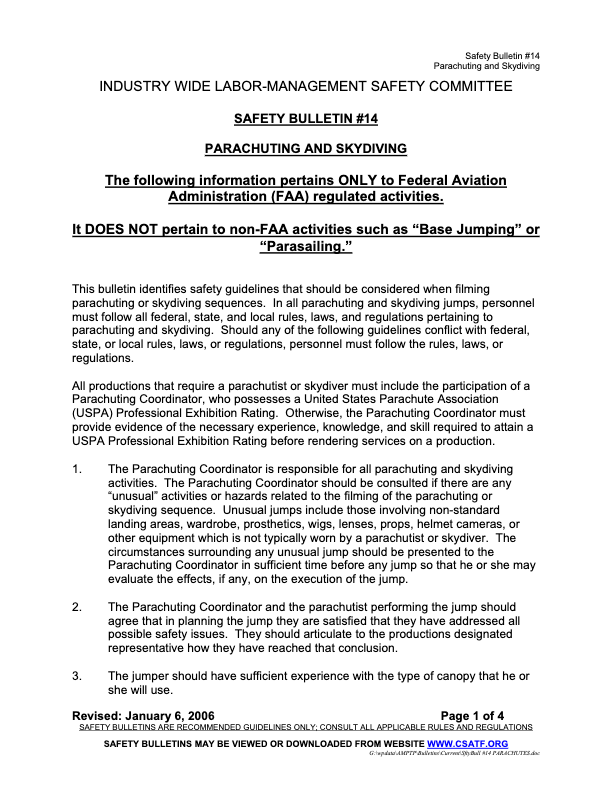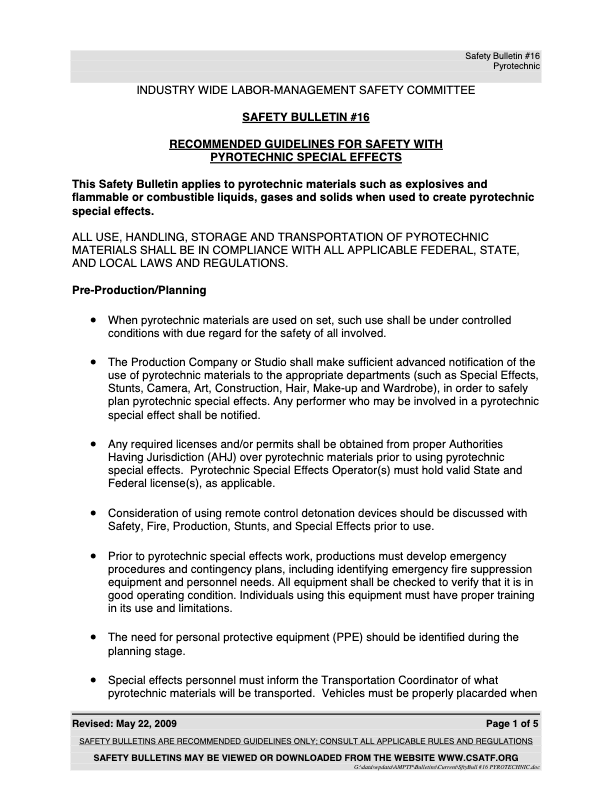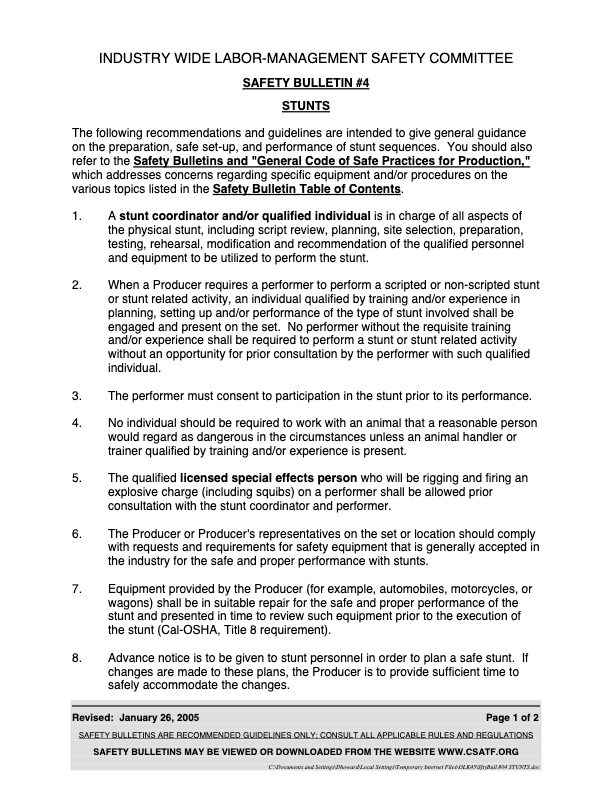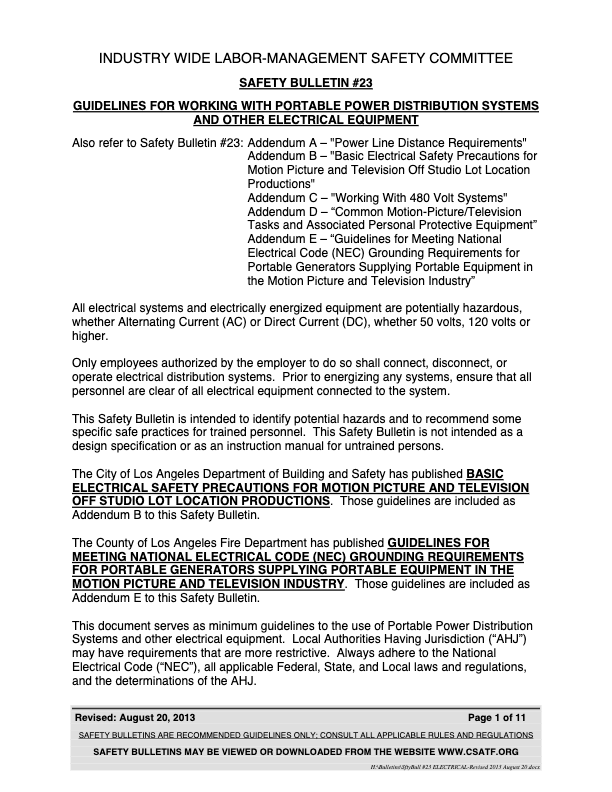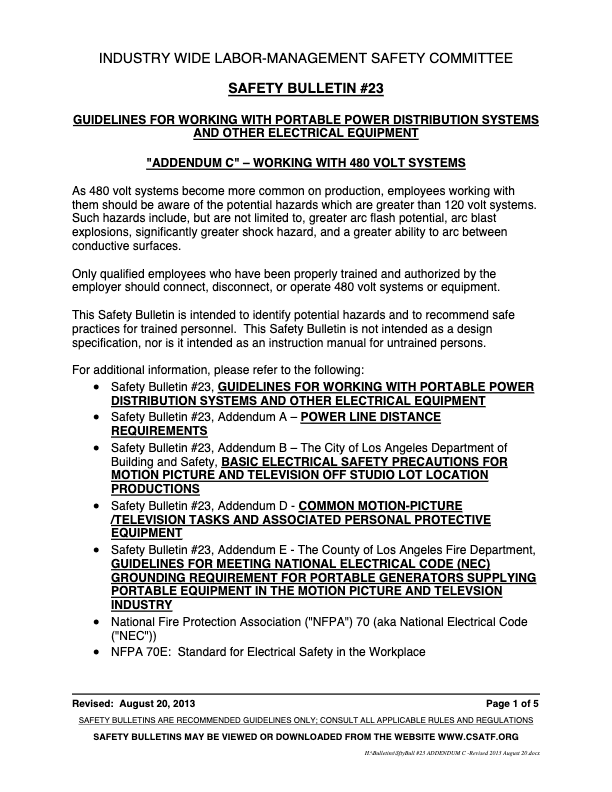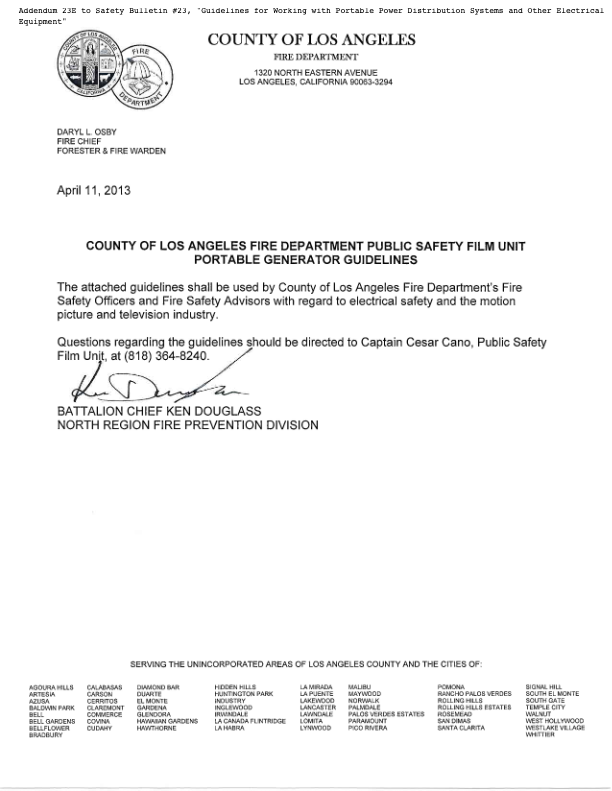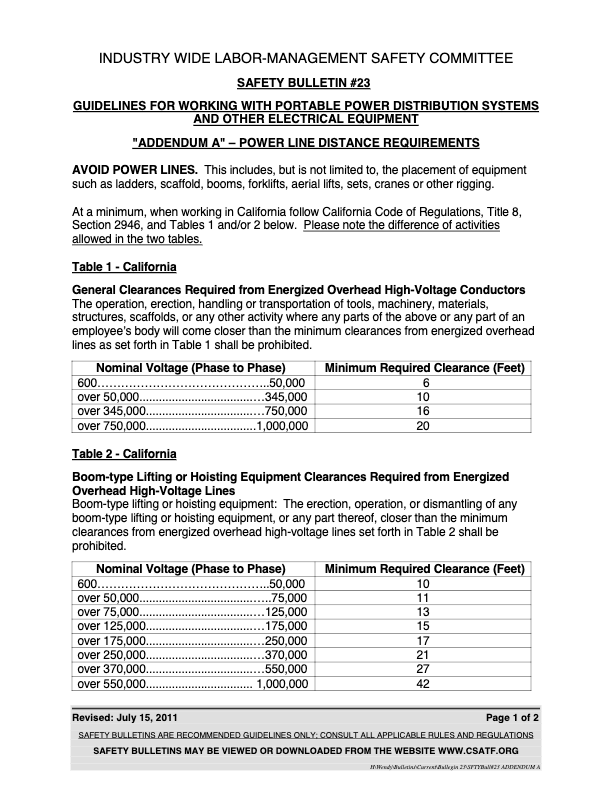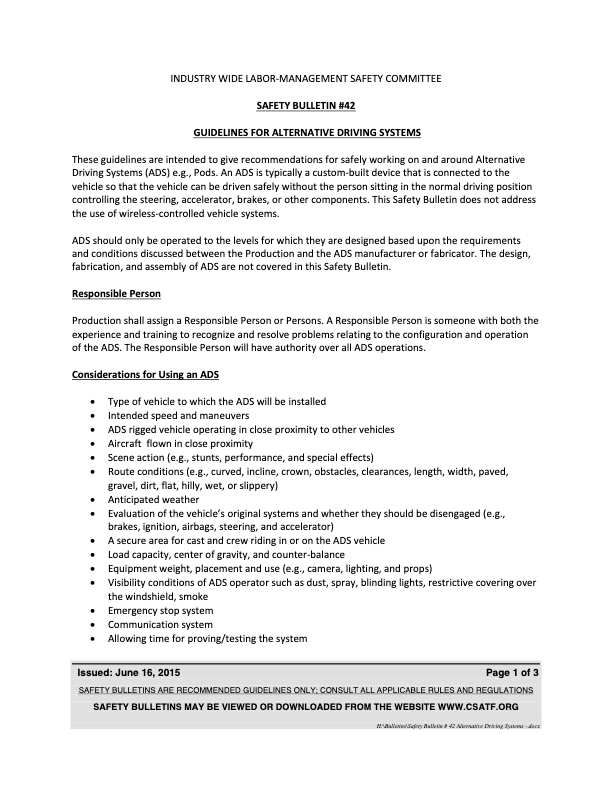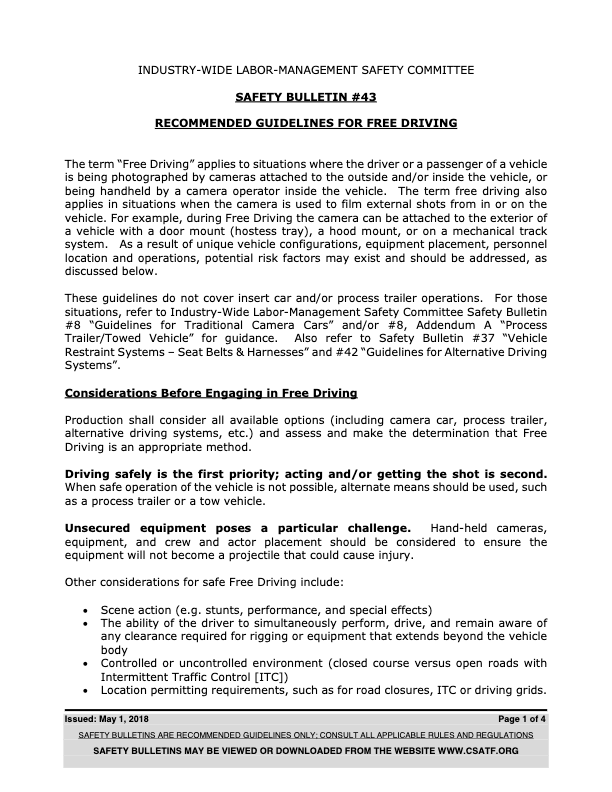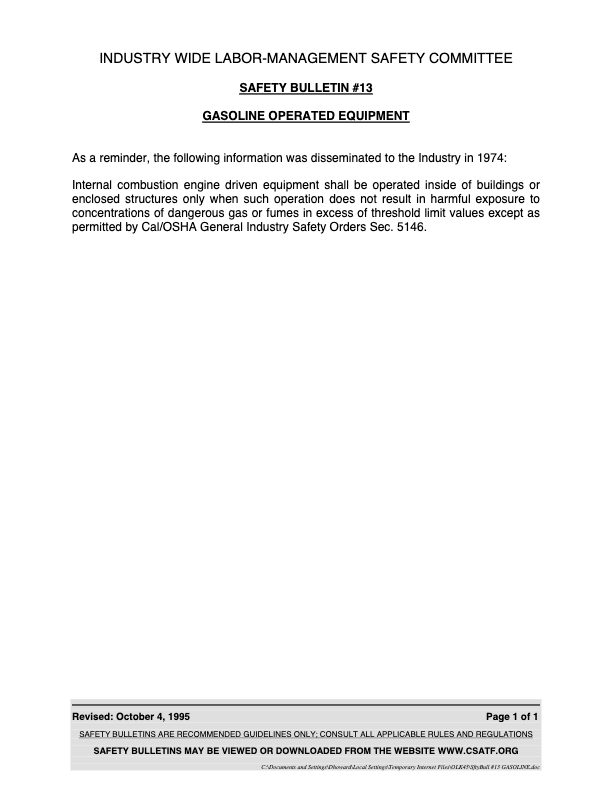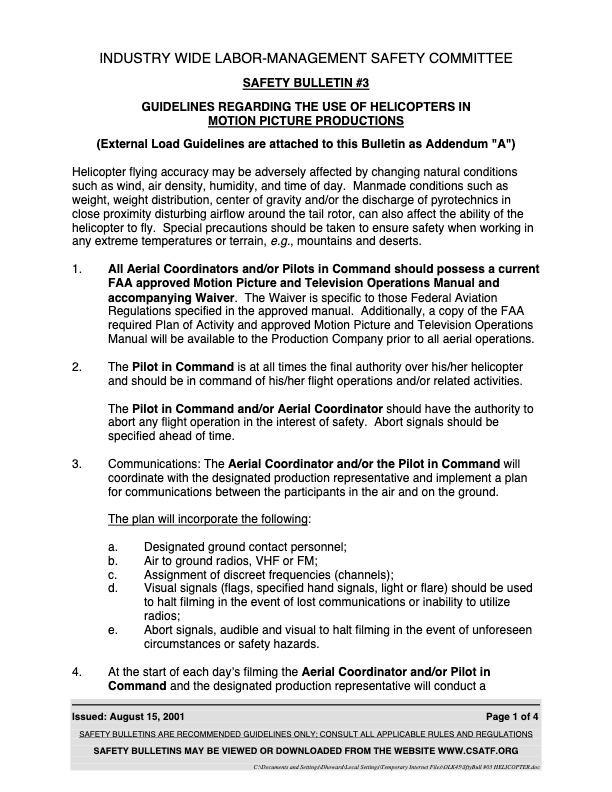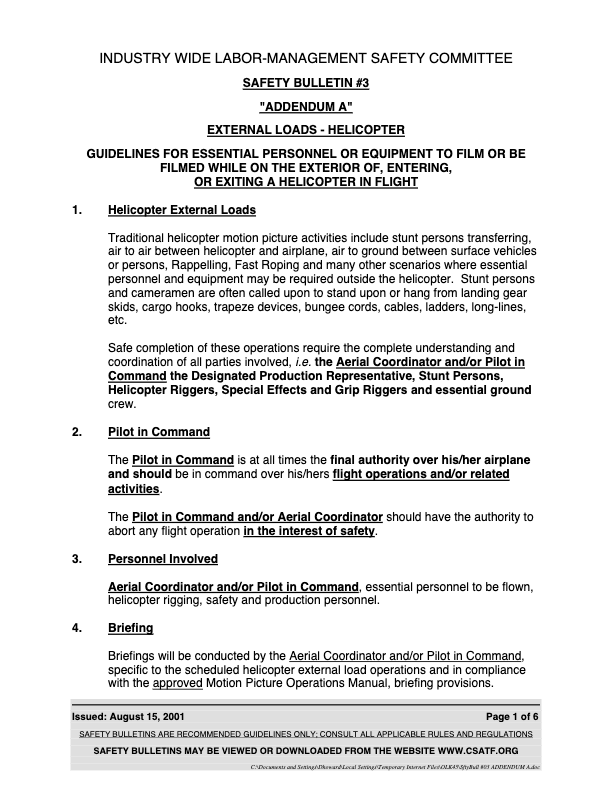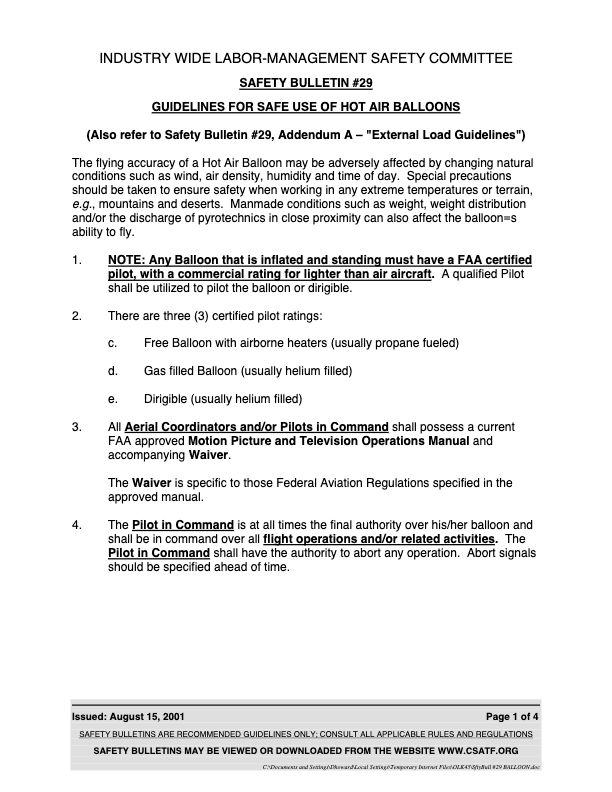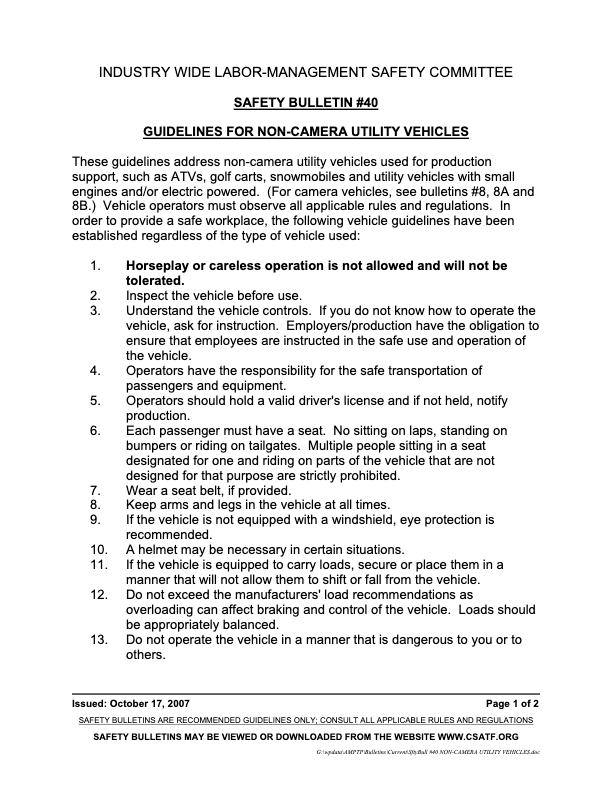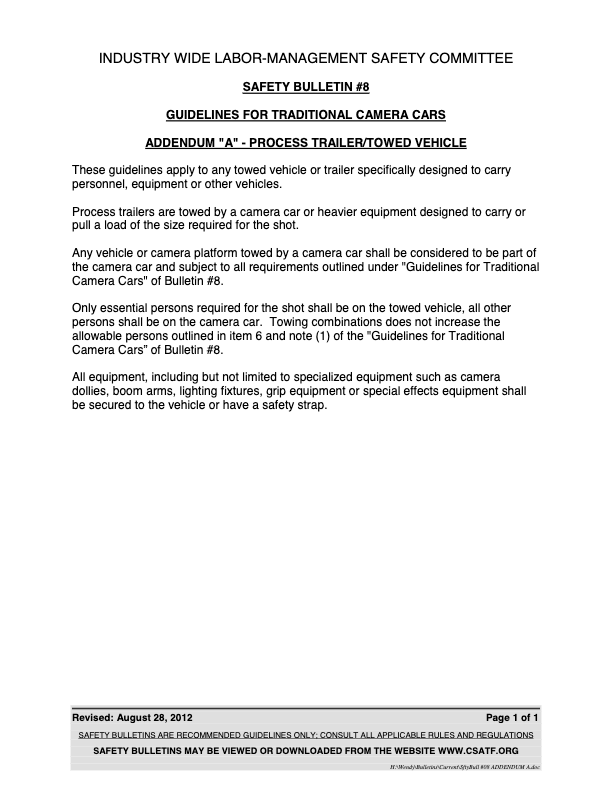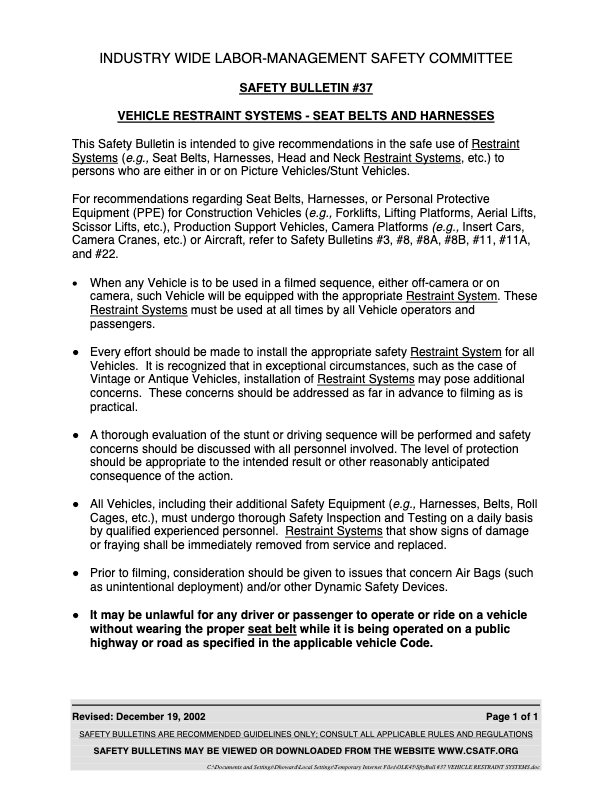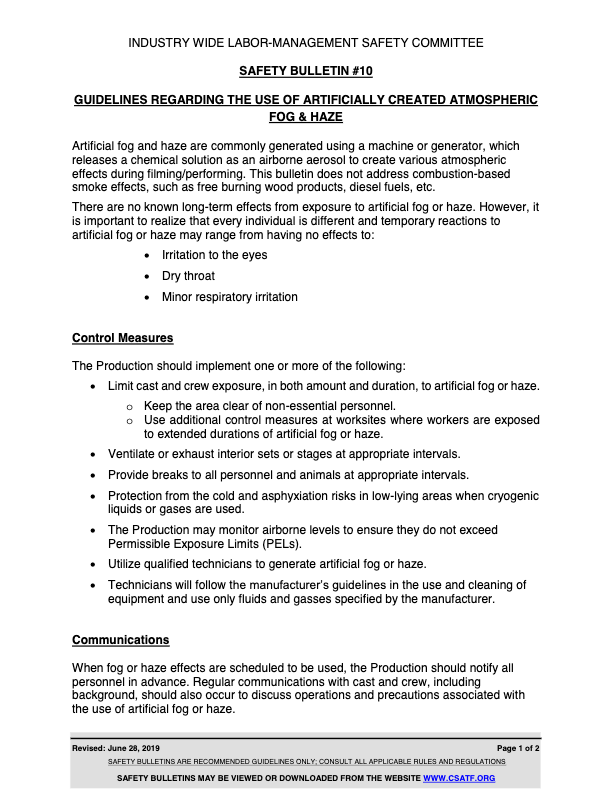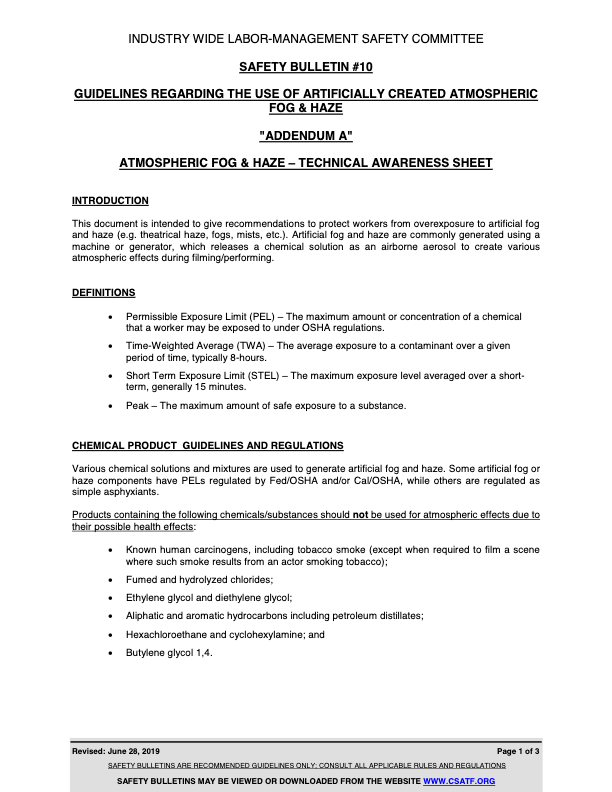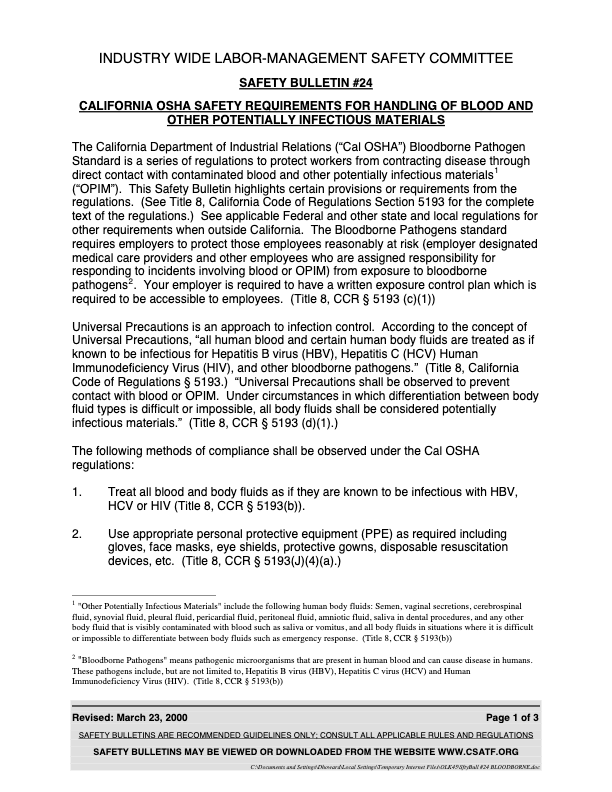Action Verbs
An action verb is transitive and requires an object. It is something you do to someone or something else; “to be” is never an action verb. This list is a starting off point for you to develop your own list of action verbs.
| to accuse to admire to admonish to adore to amuse to annoy to apologize to appease to applaud to attack to avoid to bask to beg to belittle to bestow to boast to brag to brood to brush off to buddy up to butter up to cajole to caress to celebrate to challenge to charm to check out to coax to comfort to command to confess to confide to confront to congratulate to convince to cuddle to defend to deify to demand to destroy to dis to discard to discover | to dismiss to distract to elicit to embrace to entertain to entice to erupt to escape to examine to explode to exult to flatter to flaunt to flee to flirt to gloat to grieve to hide to idolize to ignore to impress to incite to inspect to instruct to invade to invite to lead to lure to manipulate to mimic to mock to mother to mourn to ogle to overpower to patronize to perform to persuade to pester to plead to ponder to pounce to preen | to prepare to primp to probe to protect to provoke to put down to question to reach out to reason with to reject to rescue to retreat to ridicule to savor to scold to scrutinize to search to seduce to seethe to shock to show off to sneak to soothe to stalk to startle to strut to surrender to tantalize to taunt to teach to tease to tempt to test to threaten to toss off to triumph to ward off to warn to welcome to withdraw to worship to yearn |
Refer to Marina Calderone’s Actions: The Actor’s Thesaurus (book/app) for more examples.
Other Directing Strategies
Acceptable directions for actors that are not clarifying a beat objective through the use of an active verb include:
- Do this scene AS IF you are __________ (e.g., in a funeral procession, on the floor of the stock market, at a prayer meeting, in a bread line, in front of a firing squad, etc.) Events are dynamic and spur the imagination, and actors’ imaginations are the best tools they have. Ask an actor to use “the magic if” and to find an event or relationship from their own lives they can connect to the character or situation imaginatively and emotionally. It is not necessary that you know it or that they share it with you.
- Asking the WHO, WHAT, WHERE, WHY, HOW, and WHEN questions. These questions clarify the circumstances, the super-, scene- and beat-objectives, the motivations, and the strategies of the character in an easy-to-understand format.
- Directing the actor to “Keep it simple,” “Think it, don’t show it,” or “Listen to them. Really listen.”
- Use FACTS. Facts are objective and help to clarify circumstances.
- Use SENSORY IMAGES (sight, sound, feel, taste, smell). Images allow the actor to use recall to make a situation real to them.
- Use PHYSICAL TASKS. Physical tasks are kinetic (energy in motion) and allow the actor to create a multi-layered approach as well as provide focus.
- THE MOMENT BEFORE. What just happened before this scene takes place? How does that impact what is about to take place?
Avoid
- Avoid asking for moods or results from an actor. Instead, clarify objectives and give active verbs to work with.
- Avoid asking an actor to “bring it up.” Instead examine whether the stakes are high enough to motivate the behavior, and if not, raise them or use the “as if” scenario.
- Avoid asking an actor to “bring it down.” Instead ask them to listen to their partner and not anticipate what is coming next or to keep it simple and respond truthfully.
- Avoid giving line readings to an actor. Remember, the line is unimportant. The motivation for the line is important. Make sure the actor is clear on what the motivation and objective is for the line and ask them to only think of that.
- Avoid telling an actor how their character should be feeling or give character judgments. Remember, all characters’ actions are justified to them, even and especially, “villains”!
- Avoid using adjectives or adverbs when giving directions. Always use VERBS!




